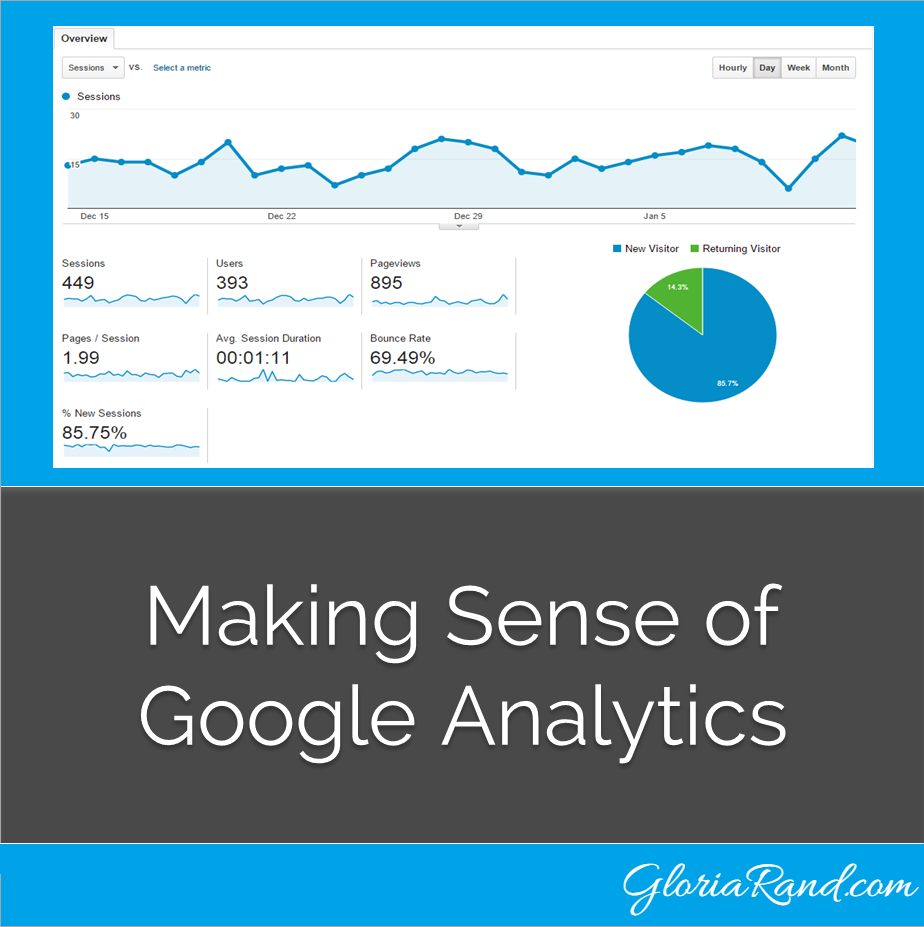Web analytics is a crucial aspect of any successful online business. In the ever-evolving digital landscape, understanding and utilizing data can provide valuable insights into the performance of your website, user behavior, and overall online strategy.
What is Web Analytics?
Web analytics refers to the measurement, analysis, and reporting of website data to drive business decisions and improve online marketing efforts. It involves tracking and interpreting various website metrics such as page views, conversion rates, bounce rates, and user engagement.
Key Metrics to Track
When it comes to web analytics, numerous metrics provide valuable information about your website’s performance and user behavior:
Page Views: The total number of times a particular page on your website has been viewed.
Conversion Rates: The percentage of website visitors who take a desired action, such as making a purchase or filling out a form.
Bounce Rates: The percentage of visitors who leave your website after viewing only one page.
Average Time on Page: The average time visitors spend on a specific page.
Exit Pages: The last pages visitors access before leaving your website.
Referral Sources: The channels or websites that drive traffic to your website.
The Benefits of Web Analytics
Utilizing web analytics offers several benefits:
Understanding your Audience: Web analytics helps you gain insights into your target audience’s preferences, behaviors, and demographics. This knowledge enables you to tailor your website and marketing strategies to better meet their needs.
Identifying Successful Campaigns: By tracking metrics like conversion rates and referral sources, you can identify which marketing campaigns or channels are driving the most valuable traffic and optimize your advertising budget accordingly.
Improving User Experience: Analyzing data such as bounce rates and time on page allows you to identify areas of your website that may need improvement. By enhancing the user experience, you can increase engagement and conversions.
Tracking Goals and KPIs: Web analytics enables you to set specific goals and key performance indicators (KPIs) to measure your website’s success. Monitoring these metrics helps you track progress and make data-driven decisions.
Optimizing Conversion Rates: By analyzing user behavior and identifying bottlenecks in your conversion funnel, you can make informed changes to optimize the conversion rates on your website.
Implementing Web Analytics Tools
To delve into the world of web analytics, you need to implement the right tools:
Google Analytics: A widely-used and robust web analytics platform that provides comprehensive insights into your website’s performance, user behavior, and marketing campaigns.
Hotjar: Offers heatmaps, user recordings, and conversion funnels to visually analyze how users interact with your website and identify areas for improvement.
Kissmetrics: Focuses on tracking individual user behavior to understand and optimize customer journeys, as well as segmenting and analyzing user groups.
Crazy Egg: Examines user interactions with heatmaps, scroll maps, and click reports, revealing how visitors engage with your web pages.
Adobe Analytics: A comprehensive web analytics solution that provides real-time data visualization, segmentation, and cross-channel attribution.
Conclusion
Web analytics plays a crucial role in understanding and utilizing data to drive the success of your online business. By tracking various metrics, analyzing user behavior, and implementing the right tools, you can make informed decisions and optimize your website’s performance, marketing strategies, and user experience. Stay ahead of the competition by leveraging the power of web analytics and harnessing the full potential of your online presence.
